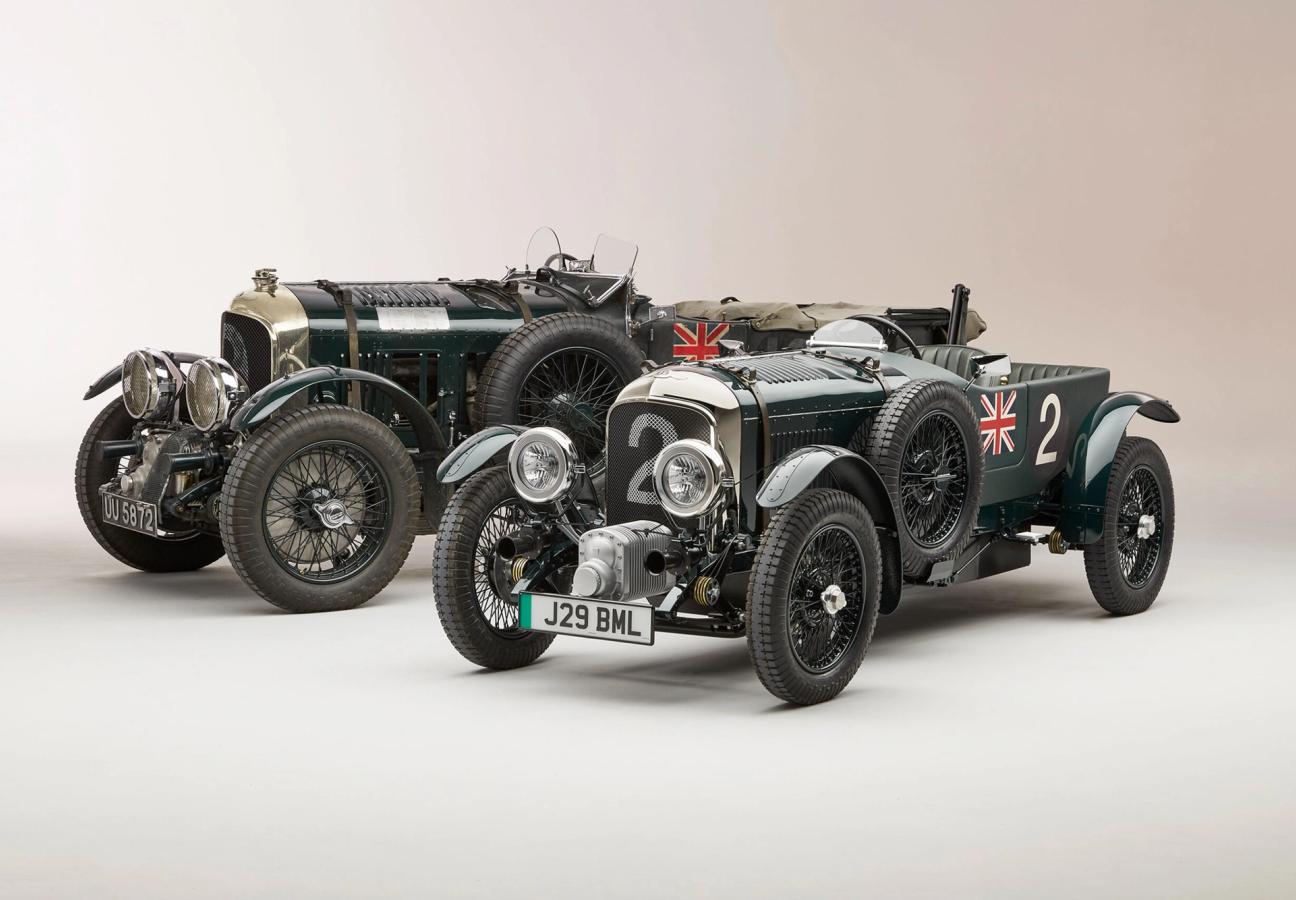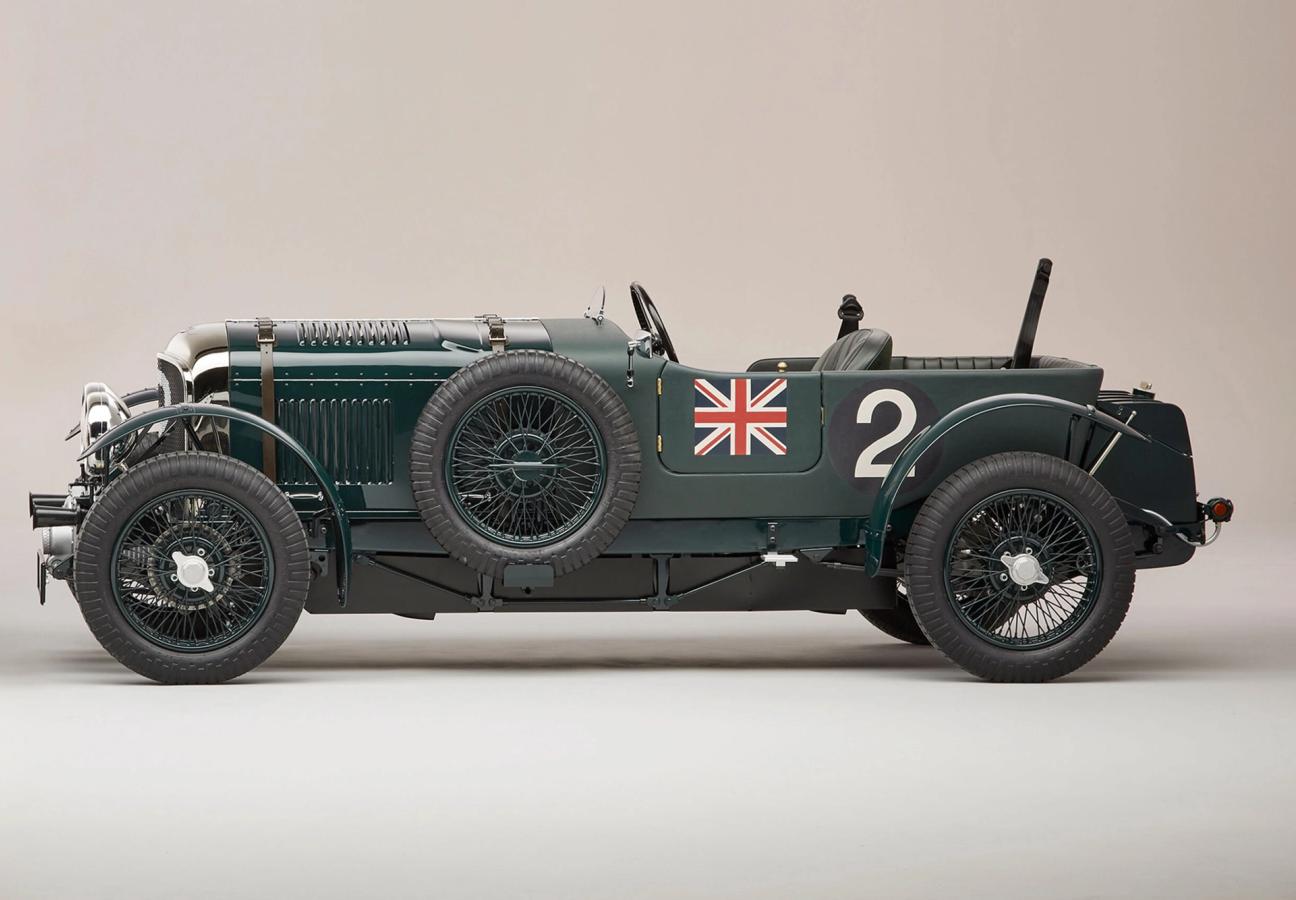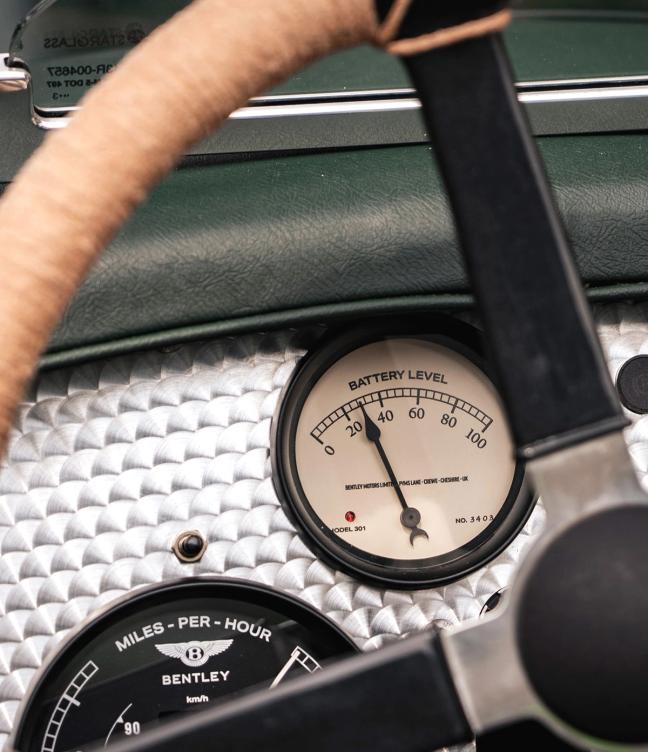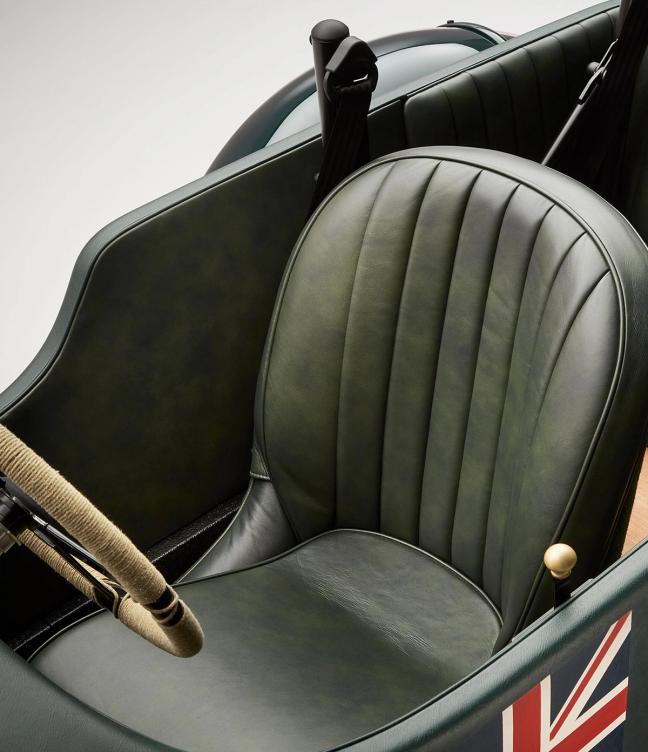Since its launch in 2019, The Little Car Company has commandeered its own lane when it comes to making world-class ‘junior’ rides. Done in collaboration with the most elite car manufacturers around – a move that ensures every creation is an official licensed product of the marque in play – every one of the venture’s set of scaled-down wheels is hand-crafted, electrified, and conceived on one simple mantra: ‘to share the love of driving across generations, and encourage every driver to create memorable experiences today and for years to come.’
Headquartered at Bicester Heritage – an RAF base from WWII – the fuel and power behind each design is a production team that draws upon a wealth of unrivalled engineering expertise, whereby attention to detail melds with envelope-pushing innovation. Moreover, at this base, which is also home to an experience centre and showroom, one will also find a client services team ready to deliver a singular customer experience; notably, in order to build a tight-knit, dedicated community of aficionados of The Little Car Company, each purchase comes with a personalised client handover.

Within the accomplished portfolio are an Aston Martin DB5 Junior, an icon of the cinematic and automotive worlds; a Bugatti Baby II, which was based on a 3D scan of an original 1924 French Grand Prix car; and a Bentley Blower Jnr – our focus today – an 85 per cent scale reinterpretation of the 1929 4.5-litre Supercharged Team Car No.2 from Bentley’s Heritage Collection.
Widely accepted as Bentley’s most celebrated and valuable masterwork (the insurance was valued at £25m), it drew plaudits and regard from the likes of Ian Fleming due to its repute as the fastest race car of its time, the result of which was thanks to racing driver Sir Tim Birkin eschewing the idea of increasing engine capacity – a school of thought undertaken by engineer W.O. Bentley – and focusing on powering Bentleys with the Roots-type supercharger conceived by Amherst Villiers.
Of the five supercharged 4.5-litre Bentleys made for competition during this period, it was the Team Car No.2 – due to its run at Le Mans, in 1930 – that made the biggest roar and went on to compete five times in the modern Mille Miglia.

The first road-legal drive by The Little Car Company, and measuring 3.7m x 1.5m, the Blower Jnr has been produced entirely by hand to the same exacting standards as any Bentley that’s come from the assembly line and revolves around a 48V electric powertrain, with a 20 bhp motor – placed across the rear axle – that allows for a top speed of 45 mph in the UK and EU (25 mph in the US, owing to laws) and an approximate range of 65 miles. For halting, there are drums at the rear and Brembo disc brakes at the front.
In terms of the overall appearance, this reinterpretation is defined by its two-section body: the rear, which was originally in ash frame, is done out in carbon fibre, and, just like the original, is overlaid with impregnated fabric; meanwhile the bonnet, set with several cooling louvres, has been produced in aluminium and features leather buckled straps that fasten the piece securely in place.
Once inside, there’s tandem seating for two – with a central driving position that can be adjusted – and space dedicated to luggage storage in the repurposed fuel tank. The dashboard comprises Engine Turned Aluminium; the one-time fuel pressure pump has been remodelled into a drive mode selection (choices include Comfort, at 2kw; Bentley, at 8kw; and Sport, for a maximum 15kw); and one can go forward, stay in neutral or reverse courtesy of a lever that brings to mind the original ignition advance control. Adding a final touch to the cabin area is a display that acts as both a reversing camera and a Garmin satellite navigation screen.



Other major features include batteries and electronics set in a hidden under tray; and friction dampers, which are accurate to the period, and leaf springs facilitate a smooth riding experience. Additionally, behind Bentley’s feted front mesh grille, made from a nickel-plated radiator housing, is the charging point that connects the onboard charger to Type 1 and Type 2 sockets.
Production for the car is slated for the second quarter of 2024, and, for true aficionados of classic drives, a real draw is the fact that the initial 99 Blower Jnr First Edition cars will be colour-matched to Team Car No.2 (the ‘blower green’ hue will also extend to the wheels and chassis), and will also be finished with unique details, such as engraved numbered plaques, First Edition badging on the dash, hood and door sill plate, and a Union Jack flag on both sides of the body, as was the case with the original. To complement the exterior, the seats and rest of the interior will be upholstered in the dark-green Lustrana hide that Bentley’s Mulliner division drew upon for the Blower Continuation Series.
Straddling both a period deep in time and the flavour of today, this creation is a serious work of automative art. As The Little Car Company puts it: ‘The Bentley Blower Jnr is more than a car. It’s an opportunity to own a piece of history. This exquisite vehicle is not just a tribute to the past, but a beacon for the future’.
Want more motoring content? We speak to Nico Rosberg about life as an entrepreneur…, , Become a Gentleman’s Journal member. Find out more here.,

Become a Gentleman’s Journal Member?
Like the Gentleman’s Journal? Why not join the Clubhouse, a special kind of private club where members receive offers and experiences from hand-picked, premium brands. You will also receive invites to exclusive events, the quarterly print magazine delivered directly to your door and your own membership card.



